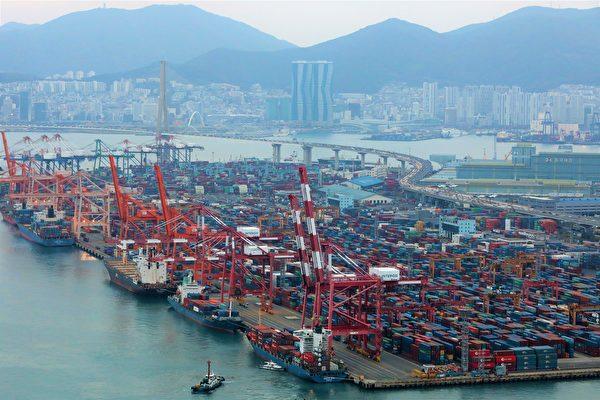Despite growing exports, the trade deficit in South Korea jumped to a 56-year high in January, prompting concerns as experts believe that it could be a signal of a less optimistic 2022 economy.
According to data released by the South Korean Ministry of Trade, Industry and Energy on Feb. 1, South Korea’s exports in January increased by 15.2 percent from the same month last year, to $55.32 billion.





